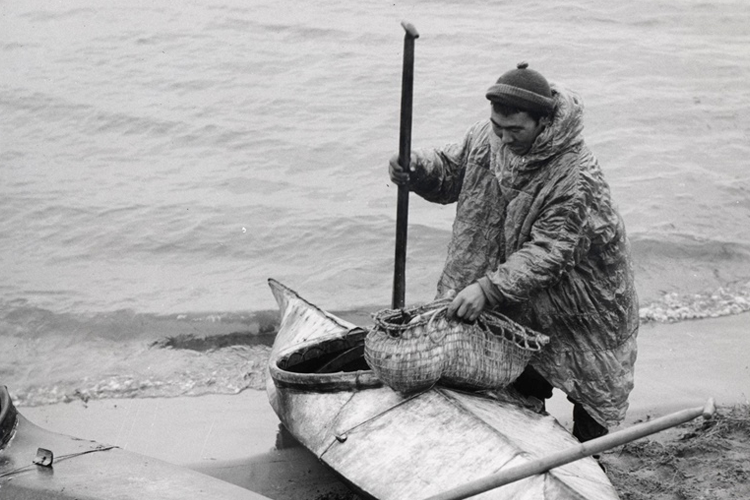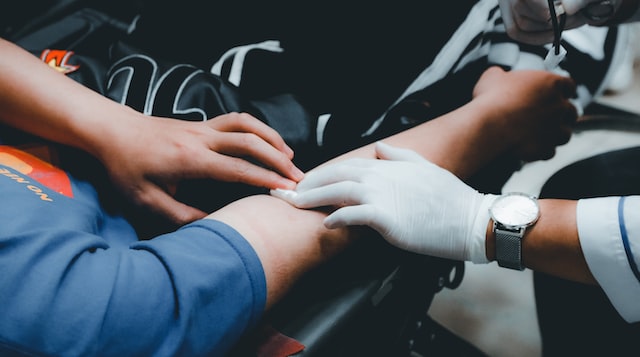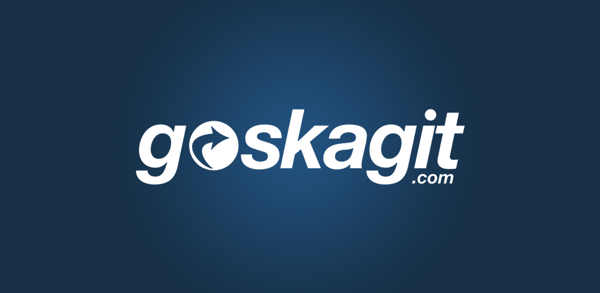
Join us in celebrating National Native American Heritage Month, as we recognize Native Americans’ respect for natural resources and the Earth and honor native cultures. We celebrate the sacrifices, contributions, and achievements of Native American people and their beautiful culture.
Explore the profiles below to learn more about what this month means to our colleagues and partners, and how they each help contribute to our mission.
Features
Meet Mabel Baldwin-Schaeffer, Tribal Research Coordinator
As a Tribal Research Coordinator at the Alaska Fisheries Science Center, Mabel Baldwin-Schaeffer works to promote awareness of valuable Alaskan resources and the importance of food sovereignty and food security. She grew up in the Native Village of Kiana, Alaska, and has a Master of Science, Environmental Science from the Alaska Pacific University, Anchorage, Alaska.
Learn more about Mabel Baldwin-Schaeffer and her work
Meet Geri Stoll, Permit Assistant
As a Permit Assistant for the Alaska Regional Office, Geri Stoll issues certificates, licenses and permits for halibut subsistence, and commercial fishing for the Alaska crab fishery and for halibut/sablefish. Outside of work, Geri loves to explore the beaches around Juneau and the Pacific Northwest. She also loves to promote and share her heritage, and the culture of the rest of her “cousins” (other tribal citizens).
Learn more about Geri Stoll and her work
Sound Bytes: What We Can Learn From How Indigenous Peoples Listen
A day at sea with members of the Northern Chumash Tribal Council and the Hispanic Access Foundation.
What we can learn from how Indigenous peoples listen
Wampanoag Tribe of Gay Head (Aquinnah) Joins Marine Mammal Stranding Network
NOAA is excited to welcome the Wampanoag Tribe of Gay Head (Aquinnah) to the Greater Atlantic Regional Marine Mammal Stranding Network!
Wampanoag Tribe of Gay Head (Aquinnah) joins Marine Mammal Stranding Network
The 7 R’s of Integrating Tribal and Indigenous Partnerships into Aquaculture Literacy
Aquaculture, the fastest growing form of agriculture in the world, has the potential to create jobs, support resilient working waterfronts and coastal communities, and sustainably produce healthy food. As U.S. aquaculture grows, aquaculture resource managers and their partners have the opportunity to shape a community that is diverse, inclusive, and accessible. Integrating perspectives from tribal and Indigenous groups who have important histories and expertise with aquaculture is a critical step of this process.
Integrating tribal and Indigenous partnerships into aquaculture literacy
Aquaculture Holds Connection and Resilience Opportunities for Skokomish Tribal Communities
The Skokomish Tribe practice aquaculture for economic diversity, climate resilience, and the maintenance of cultural roots.
Aquaculture holds connection and resilience opportunities for Skokomish Tribal communities







